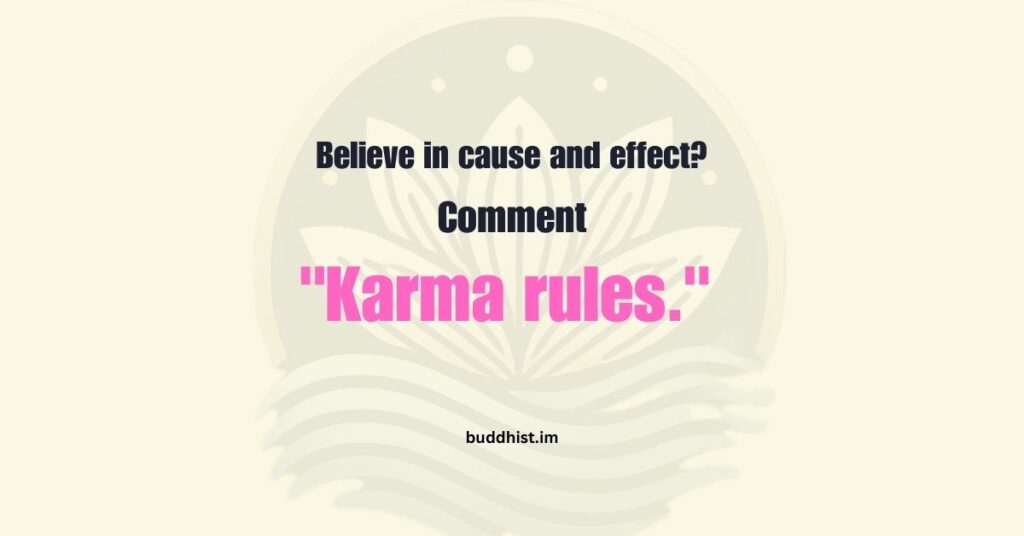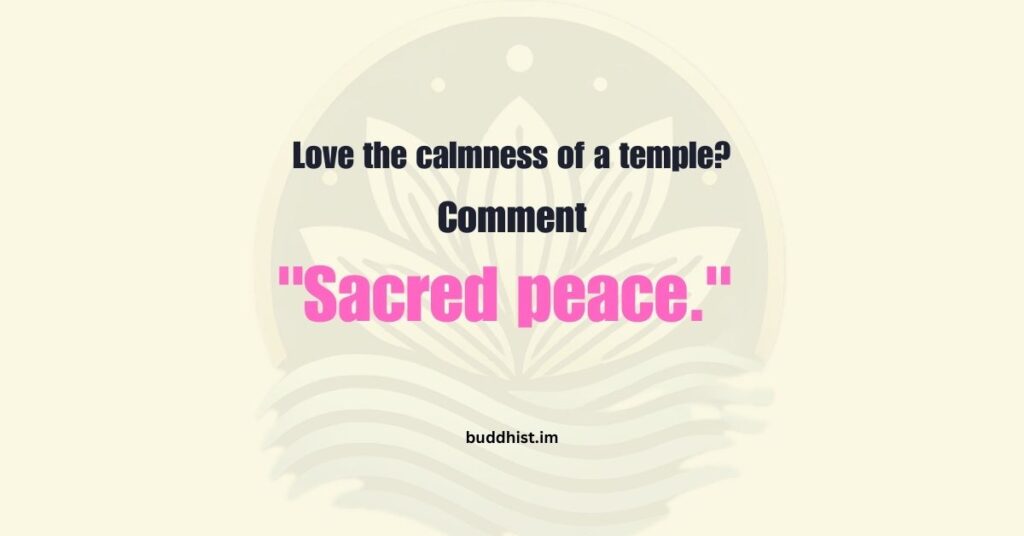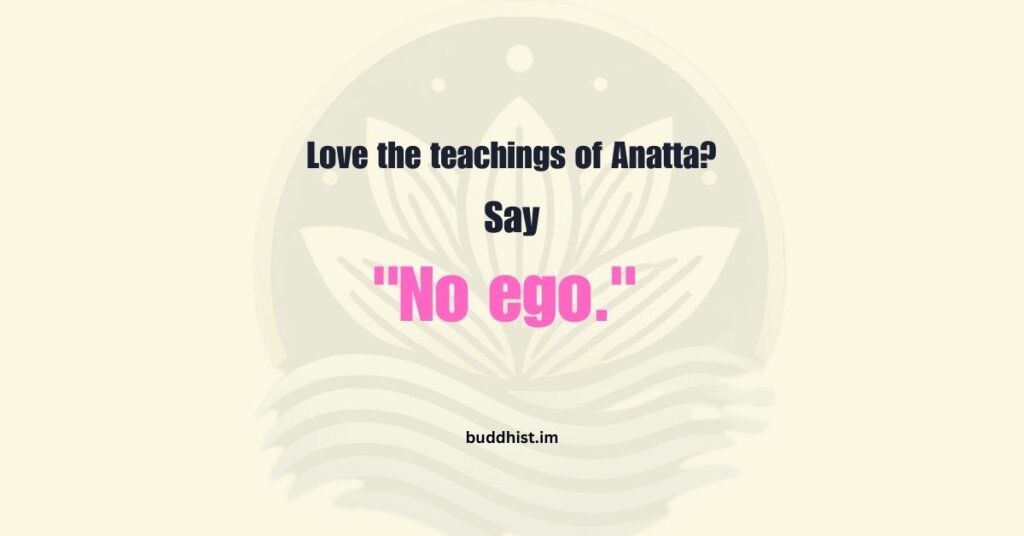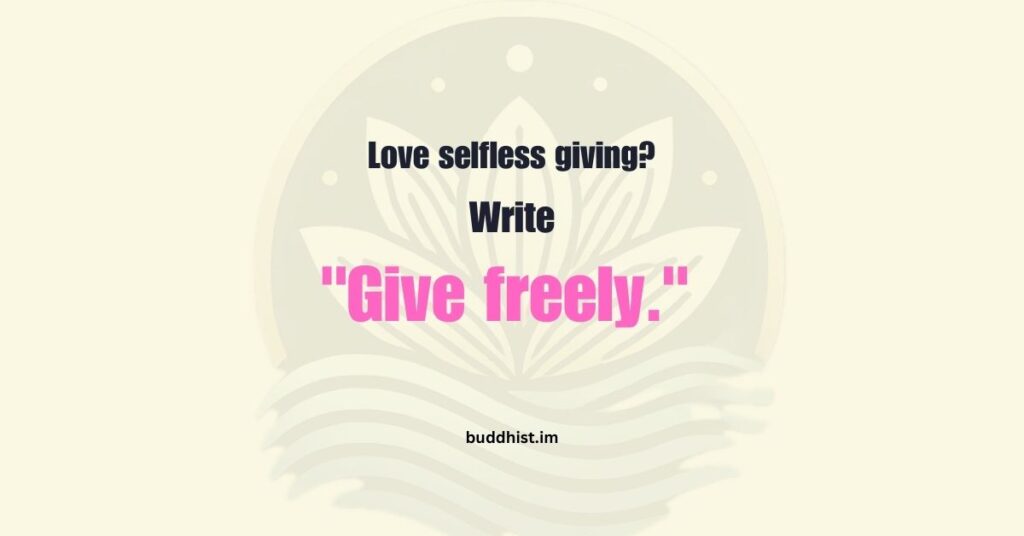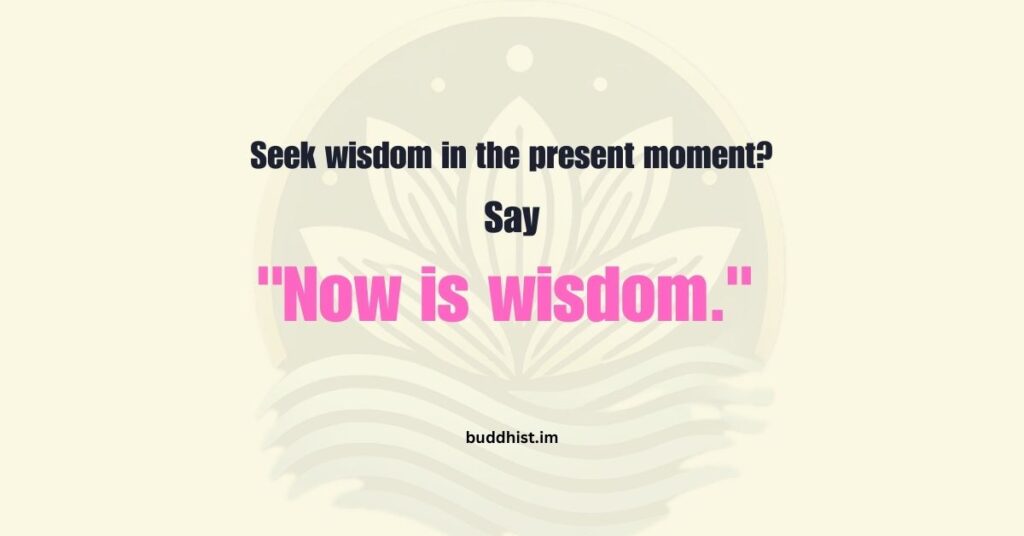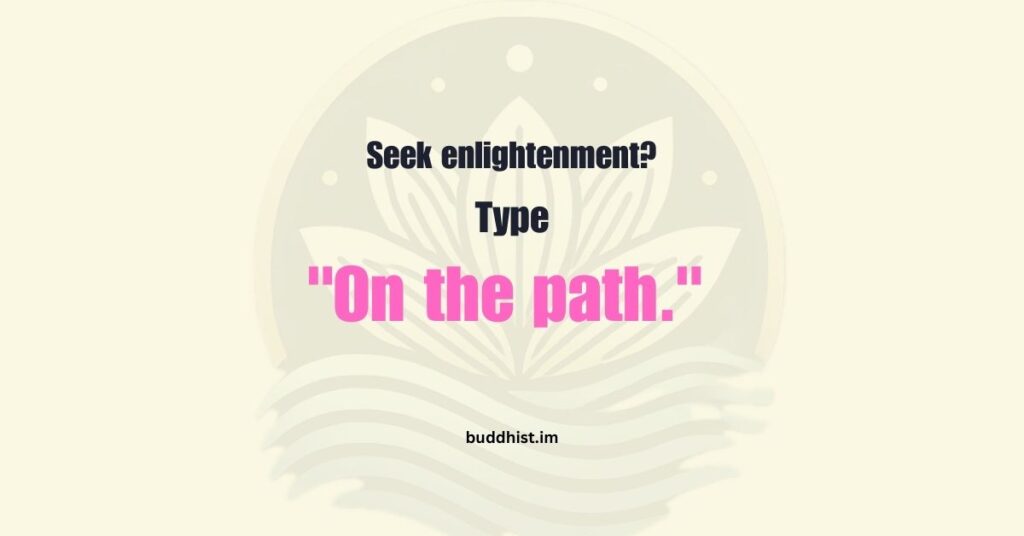Let’s face it, no matter how much we love our partners, conflicts happen. Whether it’s a silly debate about which Netflix series to binge next or a deeper disagreement about money, it’s part of sharing a life together. What matters most is how we deal with these moments. And as a Buddhist couple, or someone interested in Buddhist principles, you already have the ultimate cheat sheet for resolving conflicts. Ready for it? Here are five steps, steeped in wisdom and practicality, to heal any rift and bring harmony back into your relationship.
Step 1: Pause and Breathe (a.k.a. Don’t Let the Volcano Blow!)
Picture this: You’re mid-argument, your heart’s racing, and words are flying like ninja stars. It’s tempting to keep going, but here’s the deal, step one is all about pausing. When tempers flare, take a moment to breathe. Yep, just breathe. In Buddhism, mindfulness begins with the breath. A deep inhale and slow exhale can bring you back to the present and stop the emotional rollercoaster.
Here’s a quick practice: When you feel the heat rising, silently say, “Inhale peace, exhale tension.” Do this for five breaths. Then, share this little breather with your partner. Bonus: Doing this together might even make you giggle, which is already a win!
Step 2: Listen Like a Buddha
When was the last time you truly listened to your partner? Not just waiting for your turn to talk, but actually hearing their words, their feelings, their intentions? In Buddhism, listening with compassion is an art. It’s called “deep listening,” and it’s a game-changer.
The trick here is to listen without judgment and without planning your comeback. Imagine you’re holding a “loving cup” and your partner is pouring their feelings into it. You’re not there to fix it or argue back; you’re just holding space for them. Say things like, “I hear you” or “That must have felt tough.” Your partner will feel seen and valued, and guess what? That’s half the battle won.
Step 3: Speak Your Truth Gently
Now it’s your turn. After truly hearing your partner, it’s time to share your perspective. But, and here’s the kicker, do it with kindness. Buddhism teaches us “right speech,” which means speaking in a way that is true, kind, and helpful.
Instead of pointing fingers, focus on “I” statements. For example, instead of saying, “You never help with chores!” try, “I’ve been feeling overwhelmed with housework, and I’d love your help.” See the difference? It’s less likely to make your partner defensive and opens the door for collaboration.
Step 4: Find the Middle Path
Ah, the Middle Path. Buddha’s golden nugget of wisdom. It’s all about balance, not clinging to extremes, but finding a solution that works for both of you. After listening and sharing, brainstorm together on how to move forward.
For example, if the argument is about spending, maybe you agree to a “fun fund” for treats while sticking to a savings plan. If it’s about chores, divvy up tasks in a way that feels fair. The key is to work as a team, remembering that you’re partners, not opponents. Compromise isn’t about losing; it’s about creating a win-win.
Step 5: Seal It with Gratitude and Love
Once you’ve resolved the issue (or at least taken a big step toward it), don’t forget to end on a high note. Express gratitude for your partner’s effort and willingness to work through things with you. Say something like, “Thank you for talking this out with me. I appreciate you.”
And don’t stop there. Go hug it out, hold hands, or do whatever makes you feel connected. In Buddhism, love isn’t just a feeling; it’s an action. So, show your love in small but meaningful ways, like sharing a laugh, cooking dinner together, or simply enjoying each other’s company.
Why This Works
The beauty of these steps is that they’re rooted in timeless Buddhist principles: mindfulness, compassion, and balance. They’re designed to help you slow down, see each other’s humanity, and reconnect as a team. And honestly? They’re pretty fun to practice.
Imagine the two of you laughing about how “the Middle Path” saved you from another argument about takeout vs. cooking at home. Or how pausing to breathe turned a heated moment into a quiet hug. These steps don’t just heal conflicts; they strengthen your bond and deepen your love.
Final Thoughts
Living a happy, harmonious marriage isn’t about never having conflicts; it’s about handling them with grace. By practicing these five steps, you’re not just solving problems, you’re creating a relationship that’s more mindful, loving, and resilient.
So next time a disagreement bubbles up, remember: pause, listen, speak kindly, find the middle path, and wrap it all up with gratitude. You’ve got this! And hey, if all else fails, share a pint of ice cream and laugh it off. Buddha would approve, probably.
Here’s to love, laughter, and a little Buddhist wisdom in every step of your journey together!
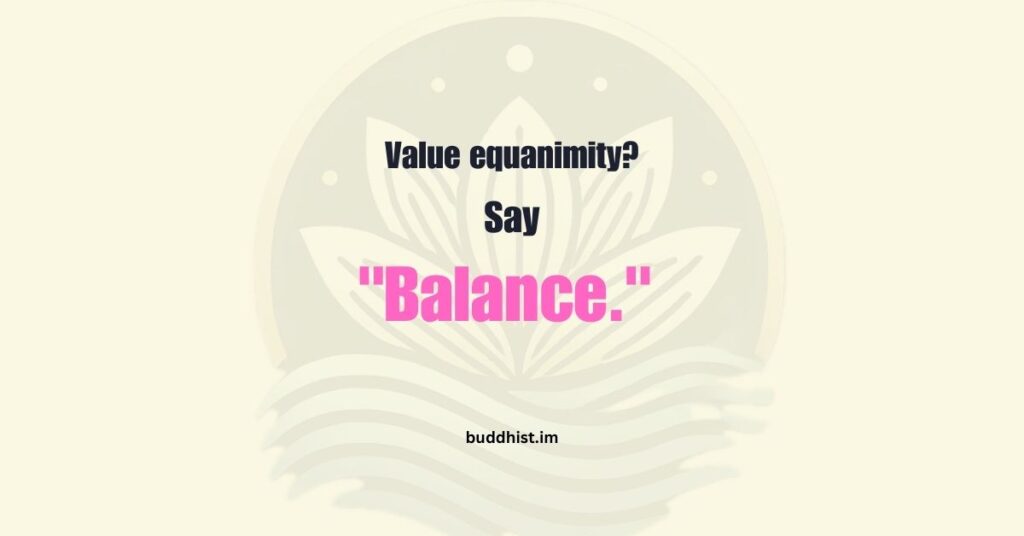

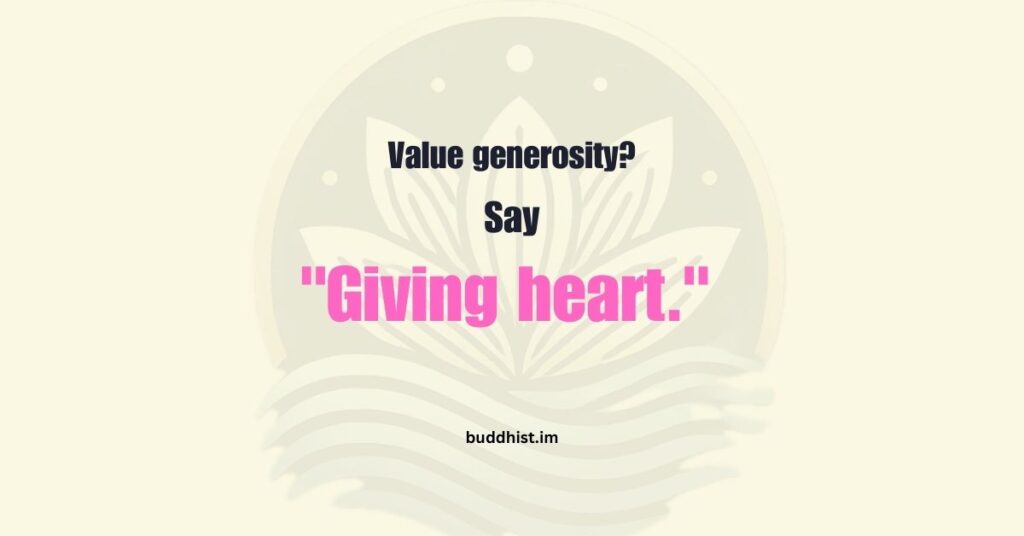
![Stop Losing Yourself in Marriage, [Here’s the Fix]](https://buddhist.im/wp-content/uploads/2025/01/Stop-Losing-Yourself-in-Marriage—Heres-the-Fix-1024x536.jpg)
![Stop Over-Explaining [Here’s What to Do Instead]](https://buddhist.im/wp-content/uploads/2025/01/Stop-Over-Explaining-Heres-What-to-Do-Instead-1024x536.jpg)

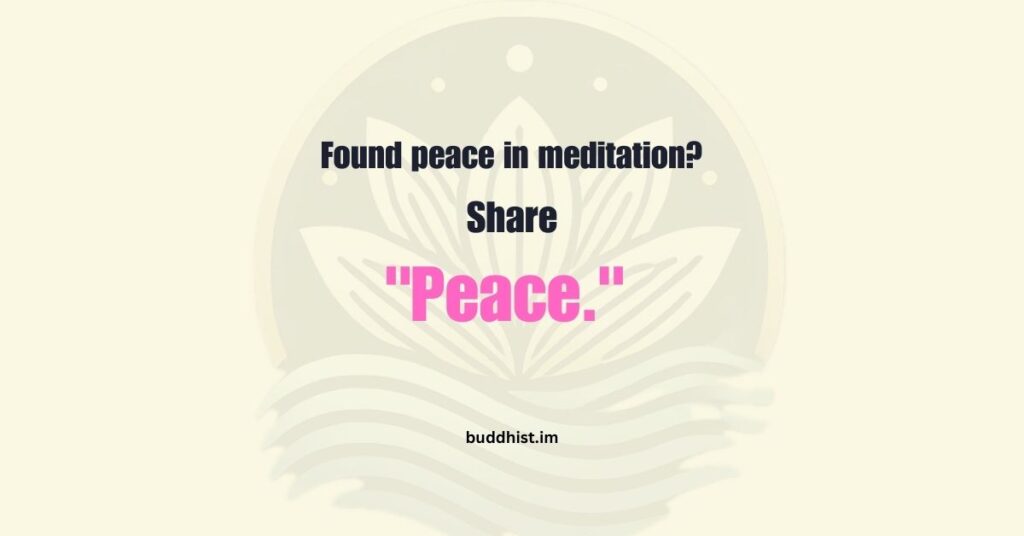
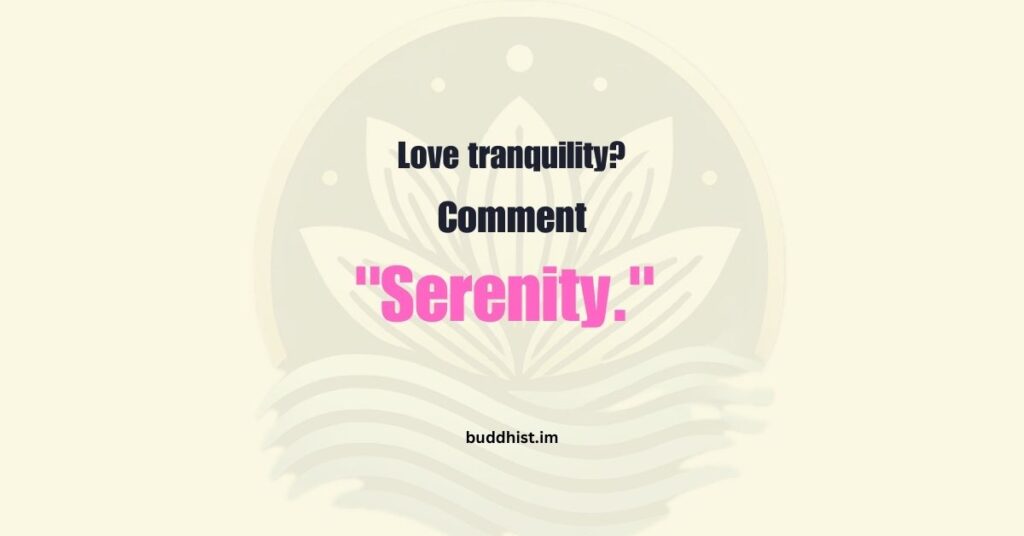


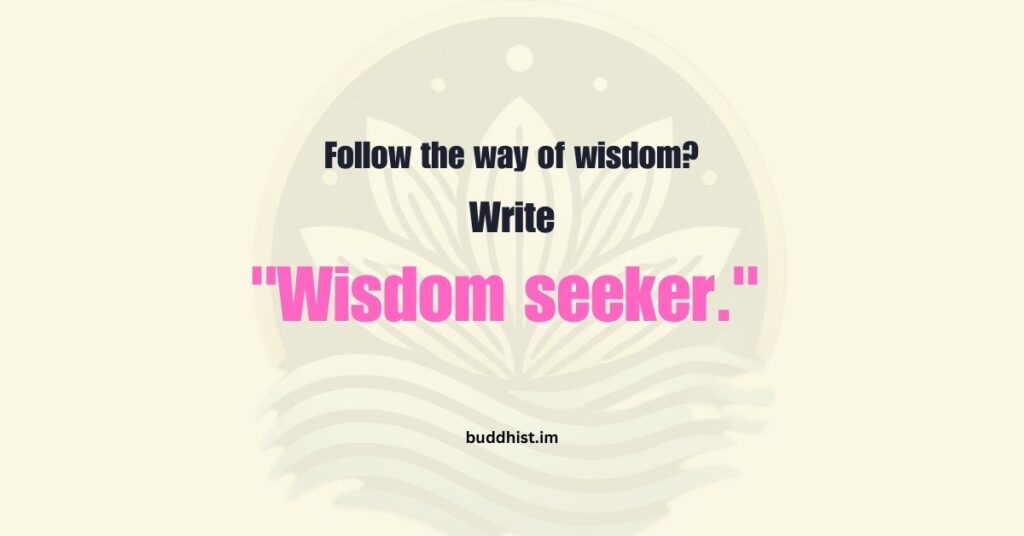
![[Trust Thrives on THIS] And It’s Easier Than You Think!](https://buddhist.im/wp-content/uploads/2025/01/Trust-Thrives-on-THIS—And-Its-Easier-Than-You-Think-1024x536.jpg)
